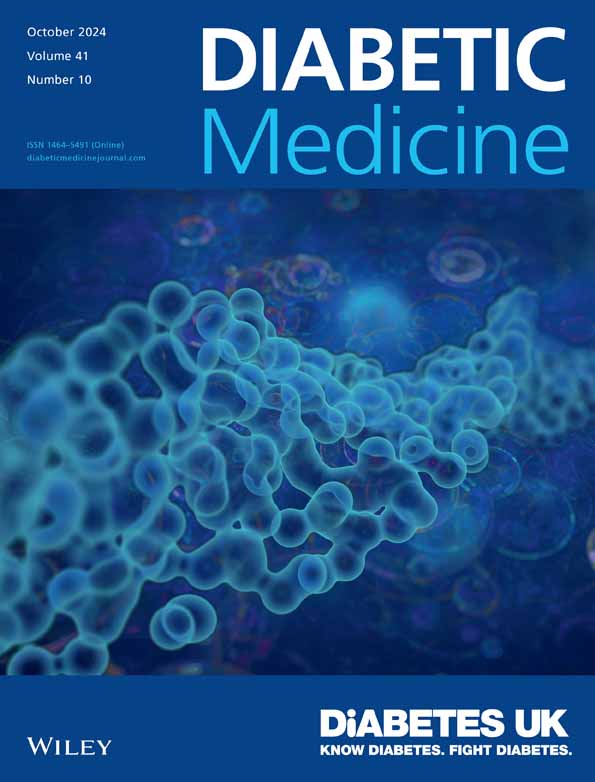Type 2 diabetes risk communication following a diagnosis of gestational diabetes mellitus: A qualitative study
Abstract
Background
Gestational diabetes mellitus (GDM) increases women's risk of developing type 2 diabetes (T2DM) tenfold. Understanding of T2DM risk in women with GDM is variable and can impact health behaviours. To better understand how T2DM risk is communicated by healthcare professionals, we explored women's experiences of T2DM risk communication and support following a diagnosis of GDM.
Methods
A qualitative study was conducted utilising semi-structured interviews. Participants were 10 women previously diagnosed with GDM. Transcripts were analysed following reflexive thematic analysis guidelines.
Results
Three themes and four sub-themes were created to describe women's experiences of, and responses to, T2DM risk communication and support following a diagnosis of GDM. Minimal T2DM risk communication during GDM and postnatally was a common experience, and as a result, women forgot about their increased risk and felt forgotten by the health service. The lack of correspondence and support further fostered a dearth of knowledge and misunderstandings regarding what T2DM is, how it affects a person's body, and the necessity of preventative actions, all of which could impact women's management of their risk. Several strategies were suggested by women to remedy the currently absent communication and support. This included group education sessions, tangible and digital support resources, providing individualised information, and continuous and harmonious T2DM risk communication from healthcare professionals and health services.
Conclusions
Current deficiencies for communicating T2DM risk and providing avenues of support following a diagnosis of GDM leaves many women feeling under-supported. Improvements to current care are recommended to ameliorate this.


 求助内容:
求助内容: 应助结果提醒方式:
应助结果提醒方式:


